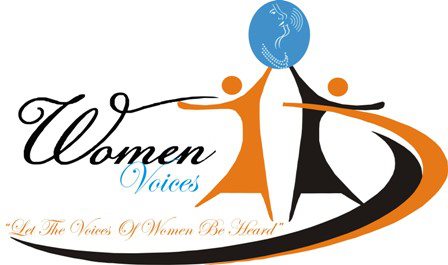-Underscore key challenges and advance new recommendations during the mid-term review

The Liberia National Red Cross Society (LNRCS) and its partner, the Swedish Red Cross, convened in Sanniquellie, Nimba County, on June 27 and 28, 2024, for a Mid-Term Review (MTR) of their three-year Green Inclusive and Resilient Liberian Community (GIRL) Project.
This initiative, operating in Grand Kru, Sinoe, and River Gee counties, aims to build community resilience, promote climate change adaptation, and strengthen local capacity in health and disaster risk reduction. The LNRCS GIRL project is being supported by the Swedish Embassy here in Monrovia through the Swedish Red Cross and is expected to end in December 2025.
The MTR under the theme “Empowering Communities and Strengthening Their Future”, highlighted the project’s timeline, key achievements, challenges, and new recommendations for improvement. Addressing participants at the opening of the MTR, the Secretary General of the Liberian Red Cross expressed pride in the project’s successes while acknowledging ongoing challenges.
“Our mid-term review is also recommending new actionable steps to enhance our impact moving forward,” said Mr. Gregory T. Blamoh. He extended gratitude to the Swedish Embassy and the Swedish Red Cross for their support, emphasizing the project’s role in paving the way for a greener and more resilient future for the communities involved.
Armel Komena, the Country Representative of the Swedish Red Cross, praised the project’s impact and noted positive feedback from a recent audit. “We are making progress together, but it is good to reflect and identify our key achievements, challenges, and advance new recommendations in meeting the project goals and objectives,” Komena emphasized.
The MTR identified several key successes, including the establishment of Community Information Centers in six communities. These centers, equipped with amplifiers, batteries, stabilizers, horn speakers, solar panels, solar lights, and microphones, facilitate early warning and information sharing regarding disaster risk reduction.
The centers are located in Podroken and Martuaken in River Gee, Piddy and Nyambo in Grand Kru, and Kwitatuzon and Seeton New Town in Sinoe. These centers connect with local radio stations to relay information, ensuring community members stay informed.
Under the health component, significant achievements were noted in water and sanitation activities during the first 18 months. The LNRCS repaired several damaged hand pumps, constructed new ones, and established and trained water committees.
A cash box system has also been introduced for community members to contribute to the maintenance of the hand pumps, leading to increased access to safe drinking water and improved health outcomes.
The MTR also delved into the Community Action Plan developed for the 12 communities, describing its impact on the ground as remarkable and exceptional in making a significant difference.
Community cleaning was one of the key activities in the Community Action Plan, an initiative considered a notable milestone.
Although claims of reduced water-borne diseases from the clean-up efforts are yet to be verified, the communities are visibly cleaner and greener. This initiative has led to a healthier environment, contributing to the project’s overall success.
The LNRCS GIRL project has also established various community structures, including the Red Cross Community-based Action Teams (CBATs) for disaster risk response and early warning, mother clubs for health awareness, farmer groups for smart agricultural activities, and WASH Committees to ensure the functionality and safety of community hand pumps.
Community members have received training and tools and are now carrying out activities for early warning systems, climate-smart livelihood practices, and disaster risk reduction practices.



